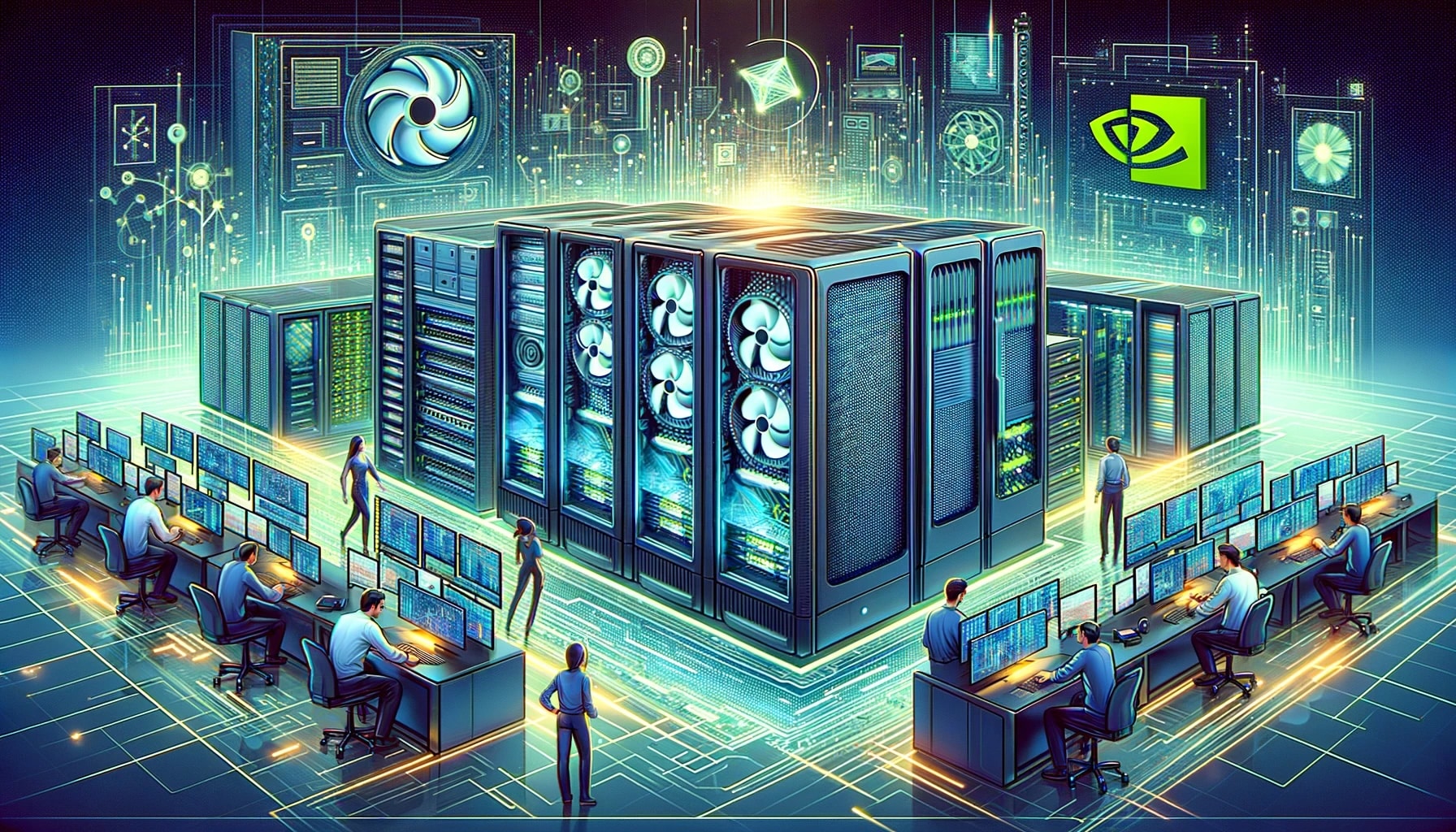Redwood Materials Drives a New Energy Model for Off-Grid Data Centers, Thanks to Solar Panels and Recycled Electric Vehicle Batteries
Amid the rapid expansion of artificial intelligence and high-performance computing, the energy consumption of data centers has become a critical issue. However, a new project in the United States is demonstrating the possibility of powering a modern data center with 100% renewable energy and without relying on the traditional power grid, using only solar panels and reused electric vehicle (EV) batteries.
According to Bloomberg, this facility houses 2,000 GPUs (graphics processors) and is powered by solar panels capable of generating at least 12 megawatts of power, supplemented by an energy storage system based on reused EV batteries with a total capacity of up to 63 MWh (megawatt-hours). This infrastructure has the potential to supply the electrical needs of approximately 10,000 U.S. homes for over five hours. For the operation of the data center—about 4 MW in use—the energy autonomy is estimated at 15 hours without sunlight.
♻️ Batteries with a Second Life
At the heart of the project is Redwood Materials, a company founded by JB Straubel, co-founder of Tesla and one of the original architects of the electric vehicle revolution. Redwood specializes in battery recycling and the extraction of critical materials such as lithium, nickel, and cobalt from discarded battery modules.
Interestingly, many of these batteries, while no longer suitable for demanding automotive use, retain up to 50% of their capacity. This makes them ideal candidates for stationary applications like energy storage in data centers.
“Think of it as a kind of retirement home for batteries,” explained Cal Lankton, Redwood’s commercial director. “They still work perfectly for tasks that don’t require high performance, and they are much cheaper than new batteries.”
🌐 A Fossil-Free Powered Data Center
The data center operated by Crusoe Energy is currently benefiting from this innovative energy system. The company is part of the ambitious Stargate project, promoted by OpenAI with an estimated budget of $500 billion to build large-scale AI infrastructure. Although it’s not confirmed that this center in Nevada is directly part of the Stargate project, it reflects the broader trend in the sector: seeking self-sufficient, clean, and scalable energy solutions.
Redwood has announced plans to deploy more systems like this in 2025, with a planned total capacity of 5 GWh (gigawatt-hours). Additionally, it is working on systems of up to 100 MW, a significant leap that could make these types of solutions a real alternative to current gas or coal-based power plants.
⚡ The Energy Dilemma of Data Centers
The rise of artificial intelligence, climate modeling, computational medicine, or real-time data streaming is exponentially increasing the energy needs of data centers. According to various analysts, they could consume over 10% of global electricity in the next decade.
Some major tech companies are betting on futuristic solutions such as small modular nuclear reactors (SMRs), although this technology still requires years of development. In the meantime, the combination of solar energy with reused battery storage represents a viable, clean, and available alternative starting today.
The use of unconventional renewable sources, like battery recycling, not only alleviates pressure on the electrical grid but also reduces electronic waste and lowers costs for tech companies, which are increasingly committed to sustainability.
🔋 Key Points of the Redwood Materials Project
- ✅ 2,000 GPUs powered off the traditional power grid.
- ☀️ 12 MW of solar energy generated on-site.
- 🔄 63 MWh of capacity from reused EV batteries.
- 🏠 Sufficient energy for approximately 10,000 homes for five hours.
- 🕒 Up to 15 hours of energy autonomy for the data center.
- 🌍 Reuse of critical materials and reduction of environmental impact.
This model could mark a pivotal change in how future data centers are powered, demonstrating that it is possible to achieve a balance between computational power and sustainability. As Redwood Materials states, “it’s not just about recycling, but about completely rethinking the technology lifecycle.”
Source: Tom’s Hardware

